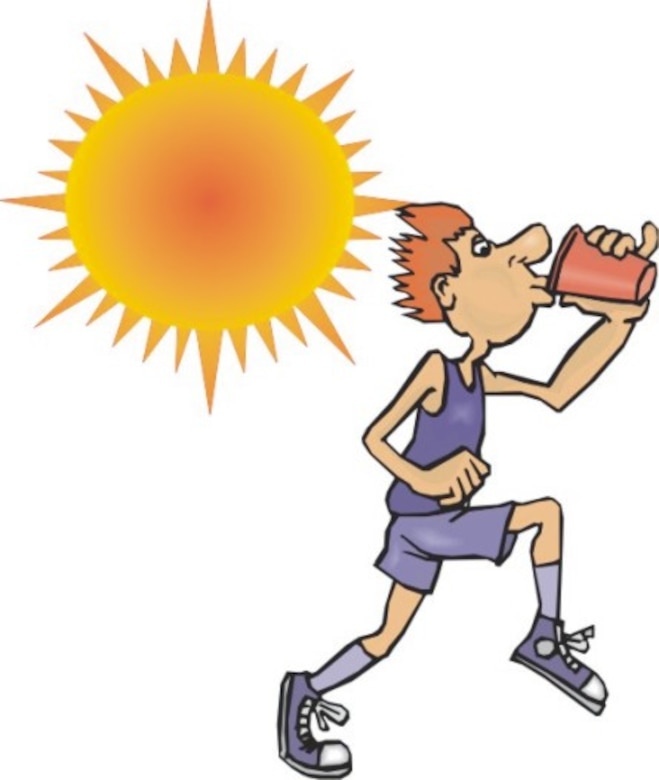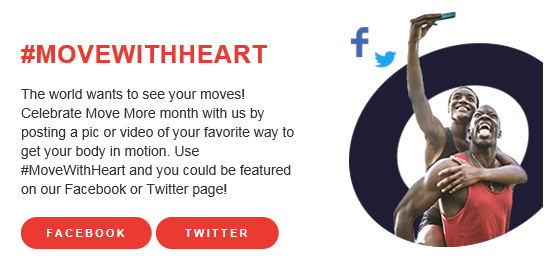As temperatures soar this summer and pool use becomes more common, stay aware of the risk of something called “Dry Drowning”.
Dry and Secondary Drowning: The Signs Every Parent Needs to Know
Most parents think the risk of drowning ends when their child exits the pool or reaches the shoreline. However, danger can linger even after a child’s swim time is over. Although rare, dry and secondary drowning incidents can occur anytime up to 24 hours later.
Mark A. Mitchell, DO, an osteopathic emergency medicine physician from Chicago, discusses the common signs of dry and secondary drowning and provides tips to keep you and your family safe both in and out of the water.
How does it happen?
According to Dr. Mitchell, dry and secondary drowning can occur after inhaling water through the nose or mouth. In cases of dry drowning, the water triggers a spasm in the airway, causing it to close up and impact breathing. Unlike dry drowning, delayed or secondary drowning occurs when swimmers have taken water into their lungs. The water builds up over time, eventually causing breathing difficulties.
What Are the Warning Signs?
While symptoms of dry drowning typically occur right after a water incident, secondary drowning symptoms can appear hours after a near-drowning experience. If your child has recently had a near-drowning experience, or inhaled a large amount of water, Dr. Mitchell suggests watching them for the following signs:
- Trouble breathing
- Coughing
- Sleepiness or a drop in energy level
- Irritability
- Chest pain
- Vomiting
“Be attentive to sudden changes in behavior,” advises Dr. Mitchell. “Many parents don’t recognize the signs of delayed drowning because they believe their child is fatigued from a long day of swimming, or exhausted from nearly drowning.” While symptoms are often mild and improve over time, it is still important to have your child examined as a precautionary measure.
How can it be prevented?
To help prevent water-related injuries and emergencies, Dr. Mitchell encourages parents and caregivers to:
-
Teach water safety, including no diving in shallow waters and only swimming in areas with lifeguards.
-
Help your kids learn to swim as early as possible.
-
Ensure pools are properly guarded.
-
Warn teens of the risk of swimming under the influence of drugs and alcohol.
-
Never let children swim alone. Be vigilant when watching them swim or play around large and small bodies of water such as plastic pools or bathtubs.
-
Discourage rough play, such as head dunking, in and around water.
Staying Safe in the Water Year-Round
Like many accidents, dry and secondary drowning can be prevented. “Never let your guard down, and always be attentive to sudden changes in behavior after your child has been in the water,” says Dr. Mitchell.




 How to Establish a Wake-up Routine for a Good Morning Every Morning
How to Establish a Wake-up Routine for a Good Morning Every Morning



